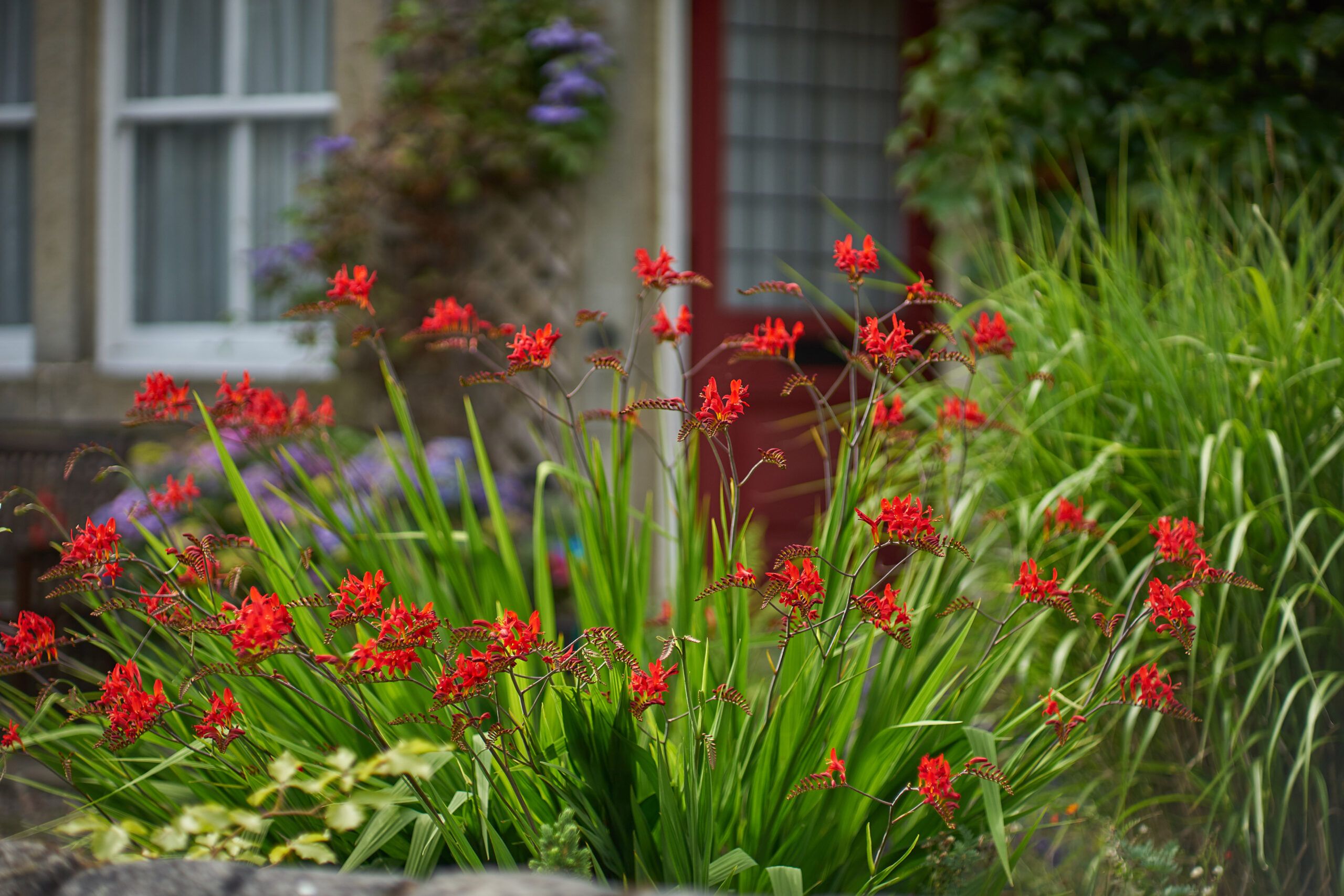Deer can wreak havoc on a carefully tended garden, turning it into their personal buffet. While various repellents exist, the most effective solution is often to landscape with plants that deer naturally avoid. This approach not only protects your garden but can also help to maintain its beauty. Fortunately, there are plenty of flowering perennials that don’t draw deer near.
Deer Plant Preferences
Almost any plant can be enticing in spring as it’s sprouting soft new growth. More challenging still, taste buds vary by herd, so a plant that gets sidestepped in Missouri might get eaten in Minnesota. And given a harsh winter or a summer drought, these adaptable eaters are notorious for indiscriminate feasting. However, deer have distinct preferences when it comes to their plant diet. They typically avoid plants with certain characteristics, such as:
- Prickly or thorny textures
- Strong aromatic scents
- Fuzzy or hairy leaves
- Natural toxins
By incorporating plants with these features, you can create a garden that’s both visually appealing and less attractive to deer. To ensure your plants thrive, you should also use the USDA Plant Hardiness Zone Map to determine which zone you live in. This will help you select plants that are well-suited to your local climate. Here we examine some of the best perennials, compromising nothing in ornamental beauty and performance.
‘Green Halo’ Peony
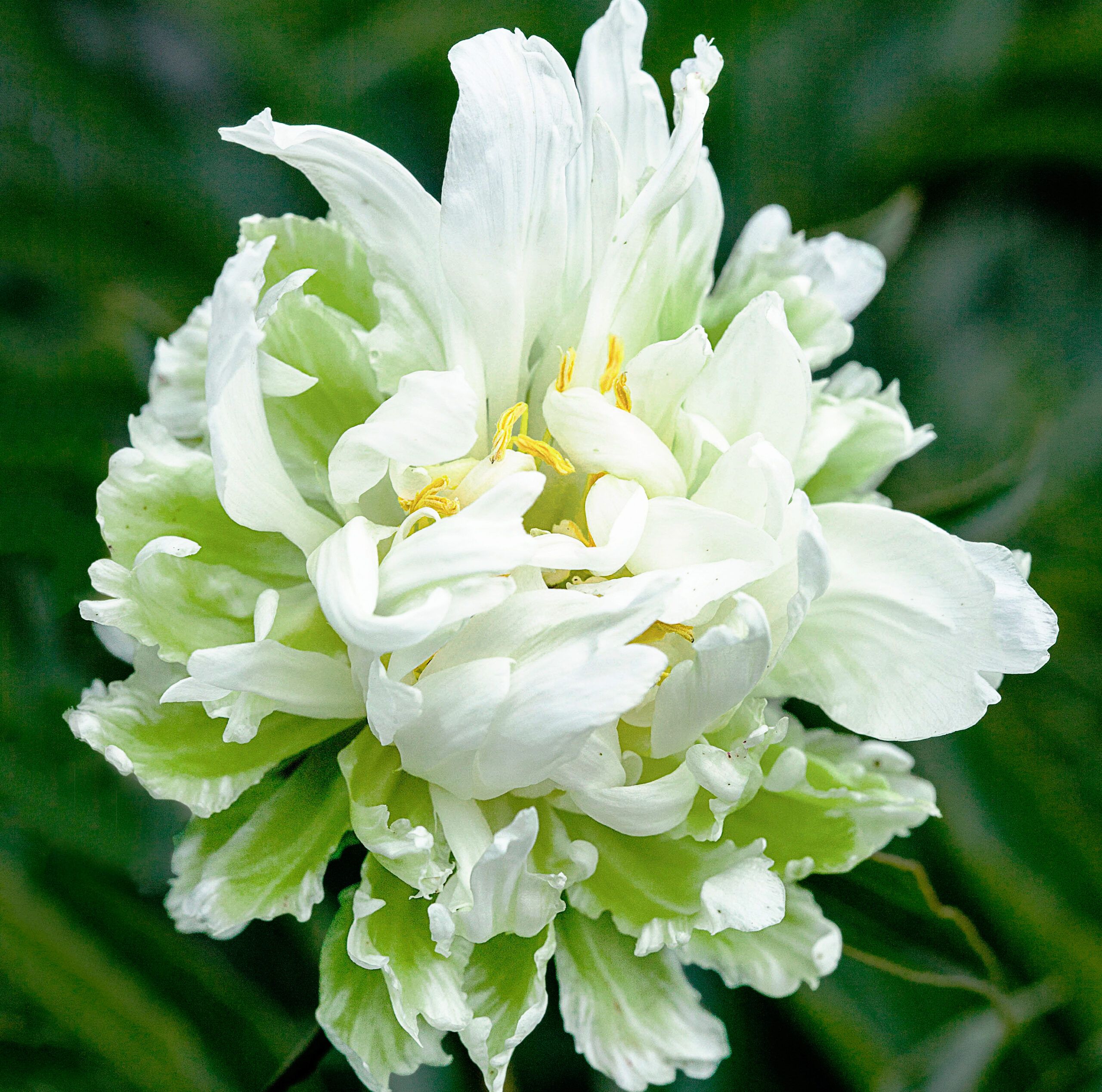
Peonies are beloved for their lush, layered petals in classic shades of pink, red, and white. These hardy perennials offer more than just beauty; they’re also extremely drought-tolerant and cold-hardy. Deer tend to avoid peonies due to their fibrous foliage and stems, making them an excellent choice for deer-prone areas.
The frilly ‘Green Halo’ peony stands out with its unique apple-green skirt. While some gardeners feel it lacks vigor, its distinctive appearance still makes it a worthy addition to any garden.
What It Needs: Peonies thrive in full sun and nutrient-rich, slightly alkaline, well-drained soil. Proper soil preparation and placement are key to ensuring healthy, long-lasting plants.
Hardiness Zones: 3 to 8
‘Tomato Soup’ Coneflower
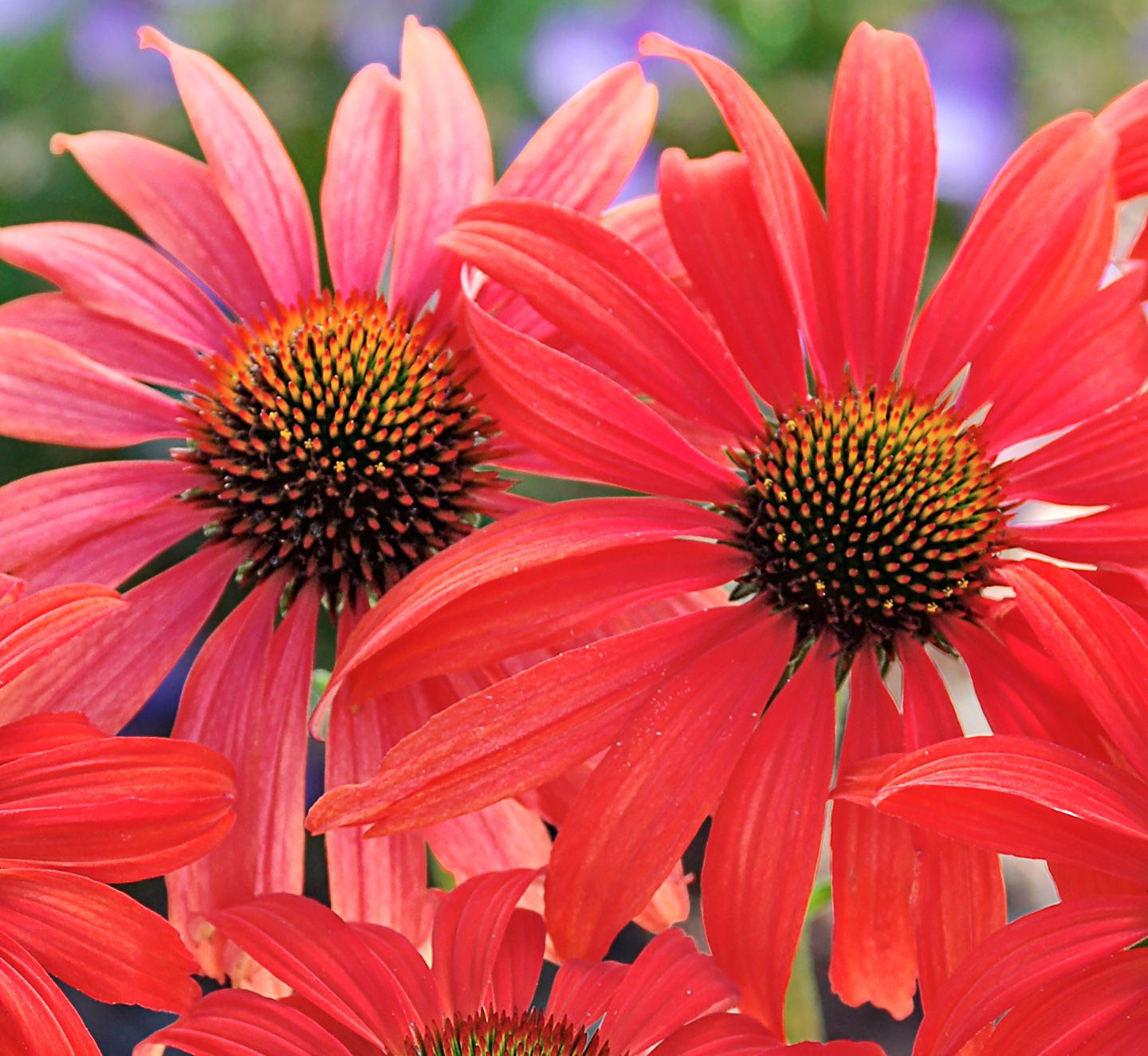
Coneflowers, or Echinacea, are native prairie flowers that bloom throughout the summer. Their hairy, aromatic foliage naturally deters deer, while their spiny seed heads attract birds, creating a wildlife-friendly garden space.
The hot-red ‘Tomato Soup’ variety is a newer cultivar that adds a bold splash of color to any garden. Unlike the purple-flowering Echinacea purpurea, which freely self-sows, ‘Tomato Soup’ coneflowers are generally sterile. This characteristic can be beneficial for gardeners who prefer to control plant spread.
What It Needs: Coneflowers prefer full to partial sun and dry to average, well-drained soils. They’re adaptable plants that can tolerate clay soil, making them versatile choices for various garden conditions.
Hardiness Zones: 3 to 8
‘Patty’s Plum’ Oriental Poppy
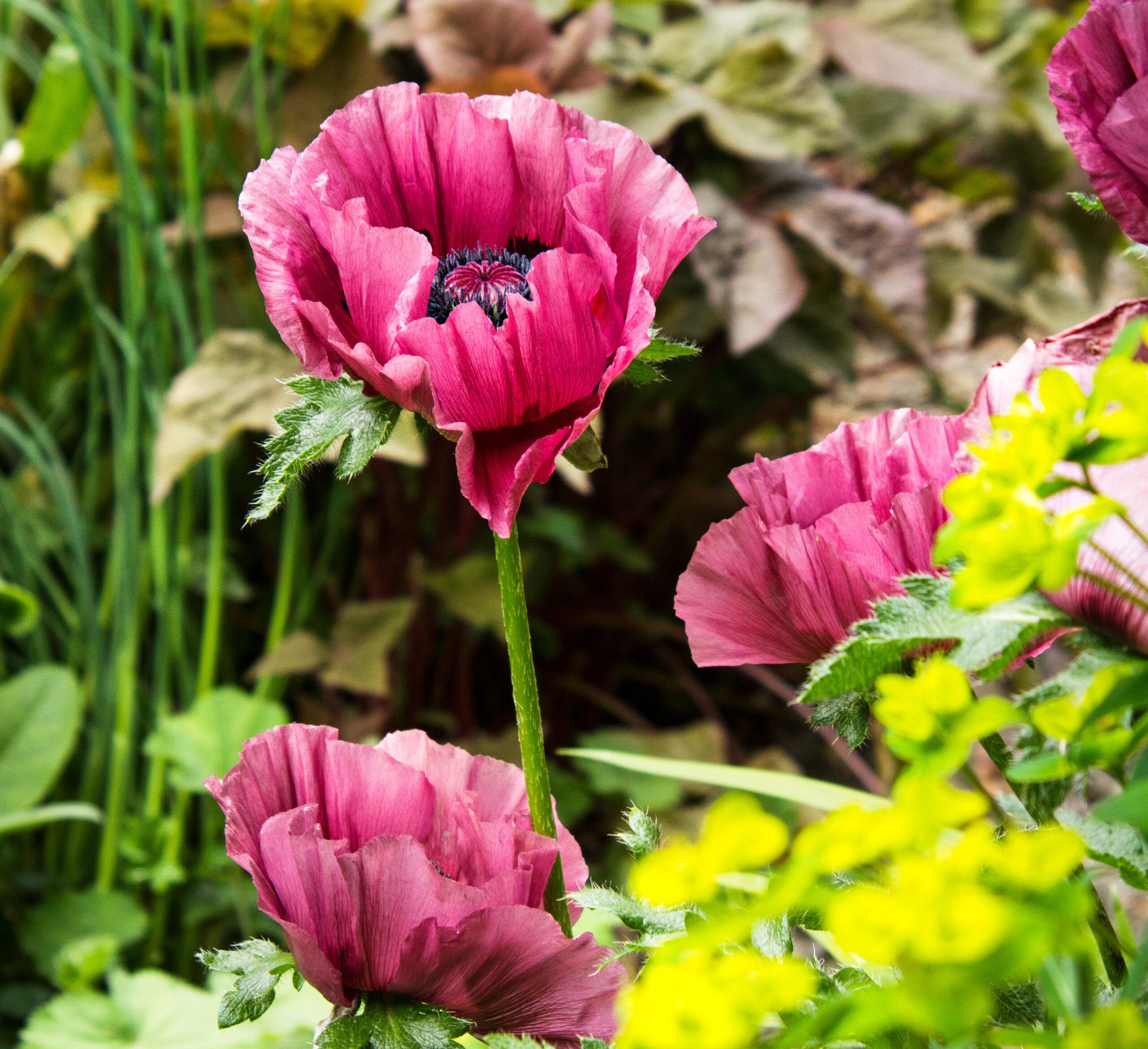
Oriental poppies are typically overlooked by deer due to their thistle-like foliage and toxic sap. However, for gardeners, their enormous crinkly blooms with dark centers are standout features. These stunning flowers make a dramatic statement in any garden.
‘Patty’s Plum’ adds an extra element to the garden with its rare reddish-purple flowers. This unique color sets it apart from more common poppy varieties and can create striking combinations with other plants.
What It Needs: Oriental poppies thrive in full sun and fertile, well-drained soil. They perform best when given space to establish strong root systems.
Hardiness Zones: 3 to 7
‘Mango Popsicle’ Torch Lily
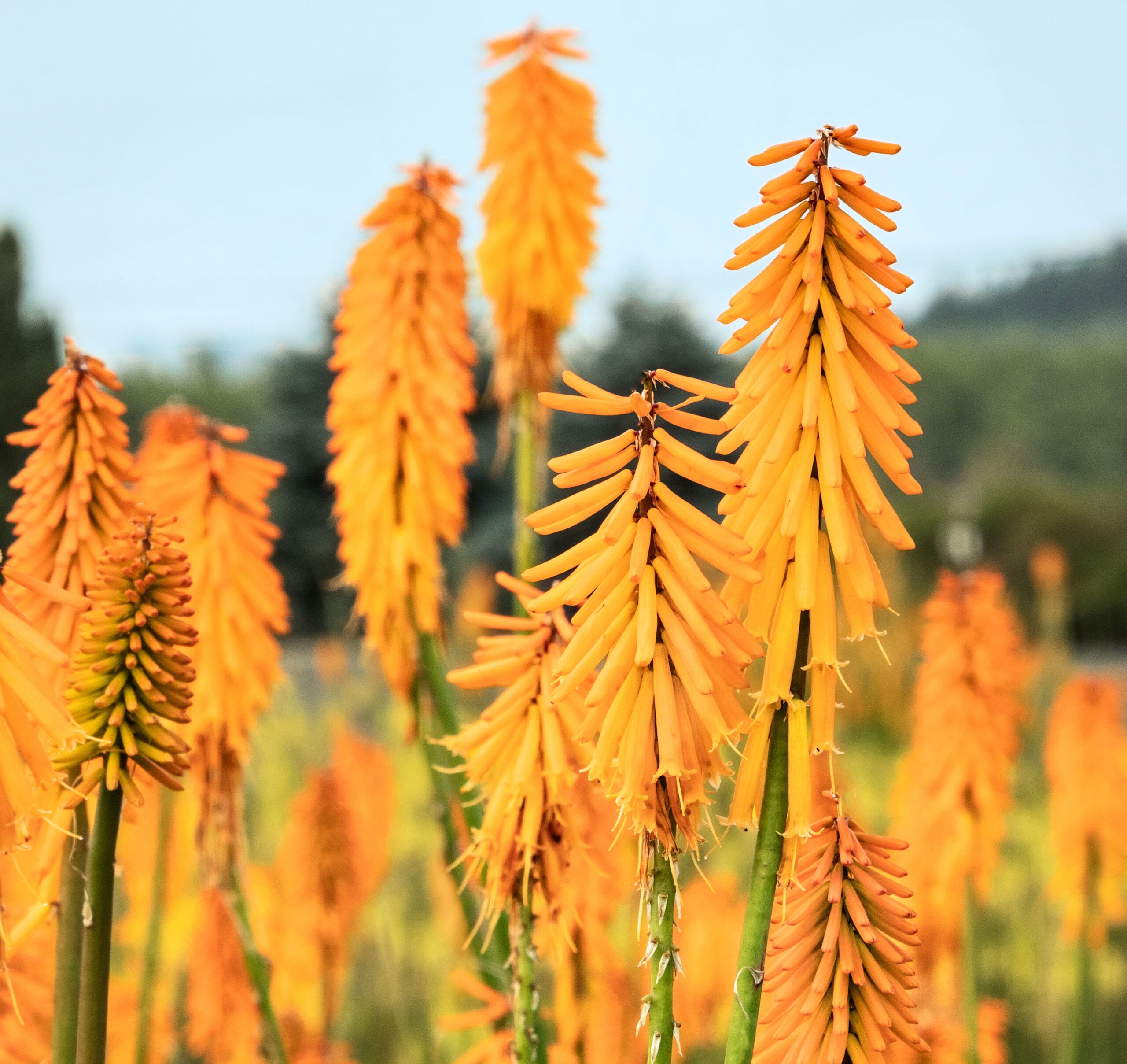
Torch lilies, or Kniphofia, are surprisingly underutilized in many gardens despite their long-blooming nature and low maintenance requirements. While deer may occasionally nibble on the flowers, the unpalatable texture of the grassy foliage usually prevents extensive browsing.
‘Mango Popsicle’ torch lilies boast eye-catching, long-lasting flower spikes that reach up to 30 inches tall. These vibrant blooms appear from June until frost, providing extended color in the garden.
What It Needs: Torch lilies prefer full sun to partial shade and average, well-drained soil. They are relatively drought-tolerant once established.
Hardiness Zones: 6 to 9
‘Harlequin Gem’ Hellebore
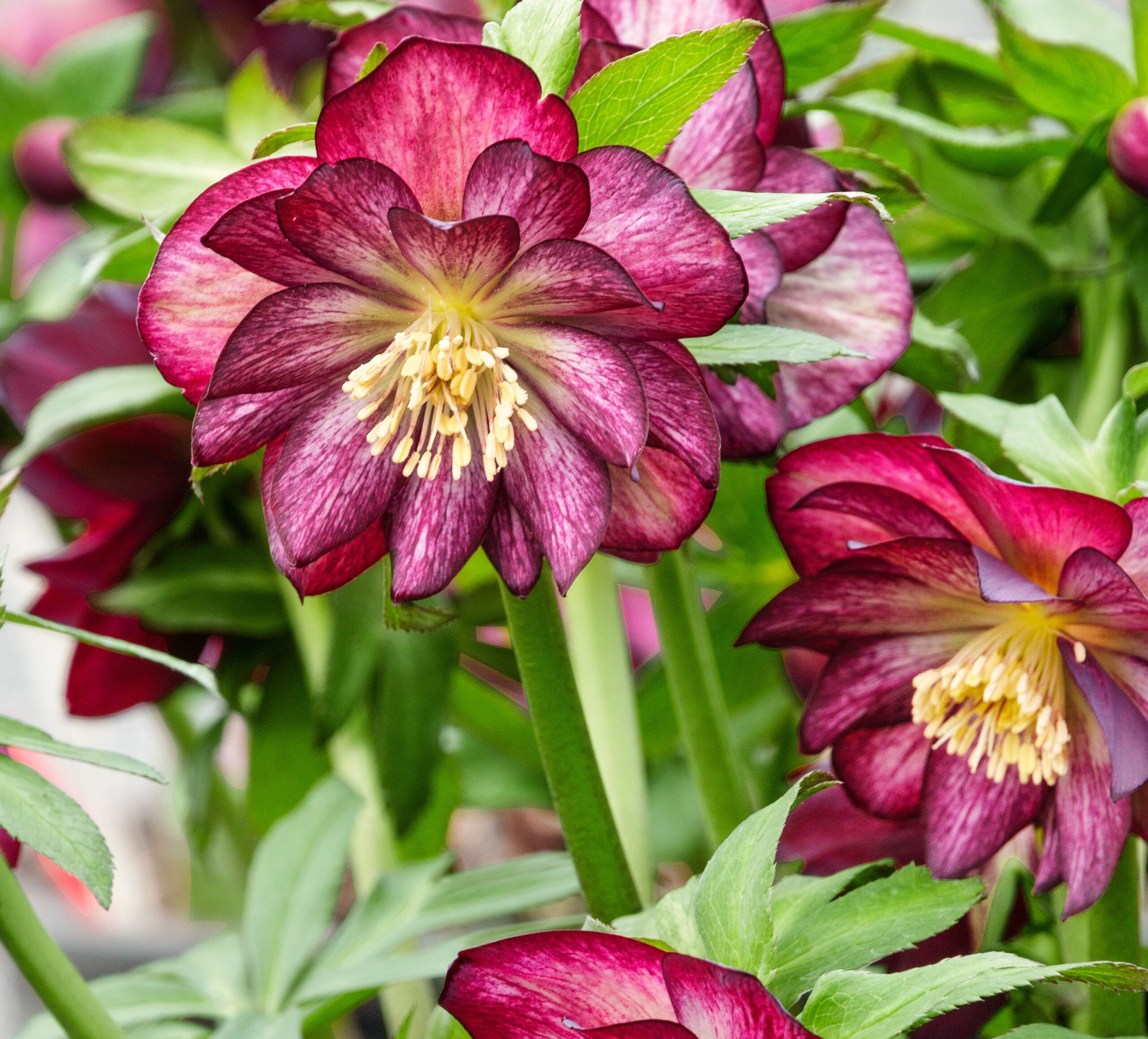
Hellebores are prized for their dainty flowers that nod above tufts of evergreen foliage in late winter. These early bloomers provide much-needed color when most gardens are still dormant.
The garnet-toned ‘Harlequin Gem’ is a standout in the Winter Jewels series. Its rich color adds depth to winter gardens. Other notable varieties include the chartreuse ‘Jade Tiger’ and the ‘Black Diamond’.
It’s important to note that hellebores are toxic and may not be suitable for gardens frequented by pets or children. People with sensitive skin may find that just handling them can cause irritation, and they are poisonous if ingested.
What It Needs: Hellebores thrive in full to partial shade and well-drained soil. They prefer locations protected from harsh winds.
Hardiness Zones: 4 to 8
‘Chuck Hayes’ Gardenia
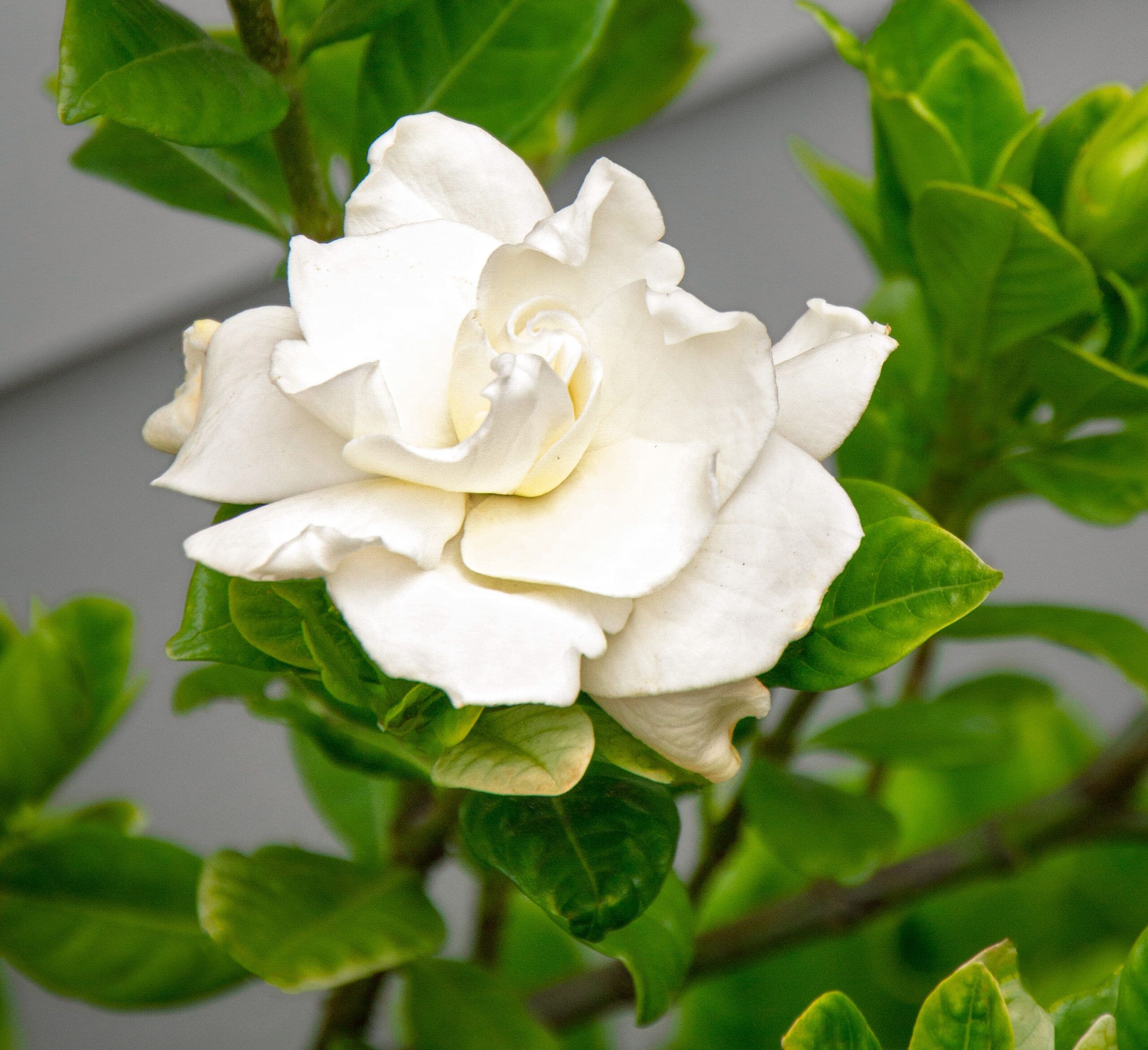
Gardenias are summer-blooming evergreen shrubs that make perfect foundation plantings. Their compact size also makes them suitable for containers. While humans typically love their strong perfume, deer find the scent repellent.
‘Chuck Hayes’ is a cold-hardy cultivar that has extended the growing range of this southern classic. Another excellent option for colder regions is the aptly named ‘Frostproof’ variety. Both options hold up well under the pressure of varying climates, making gardenias more versatile.
What It Needs: Gardenias prefer full to partial sun and acidic, nutrient-rich, well-drained soil. Regular fertilization and proper watering are key to maintaining healthy plants. They perform well when their growing conditions are met.
Hardiness Zones: 7 to 11
‘Robustissima’ Japanese Anemone
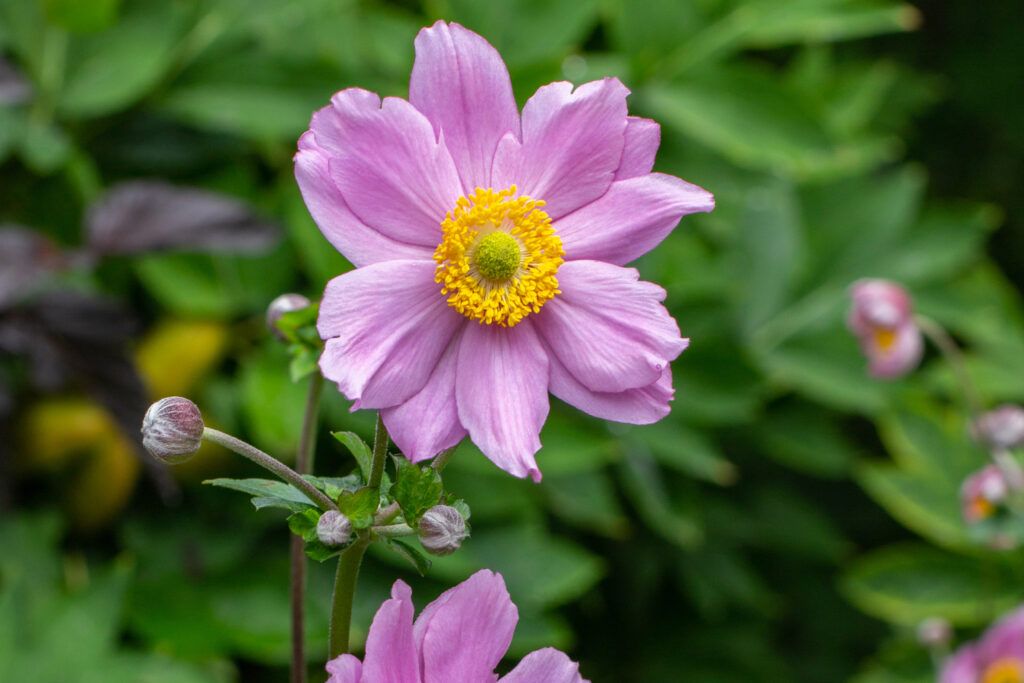
Japanese anemones are underused perennials that offer delicate flowers and berry-like mauve buds held on wiry stems above serrated foliage. Deer generally recognize these plants as poisonous and avoid them.
The pale pink ‘Robustissima’ is a vigorous grower and one of the most cold-hardy varieties. When given room to naturalize, it flowers freely and attracts pollinators until frost.
What It Needs: Japanese anemones thrive in full to partial sun and moist, nutrient-rich, well-drained soil. They benefit from regular watering during dry spells. This makes them a hardy and rewarding choice for many gardens.
Hardiness Zones: 4 to 8
‘Walker’s Low’ Catmint
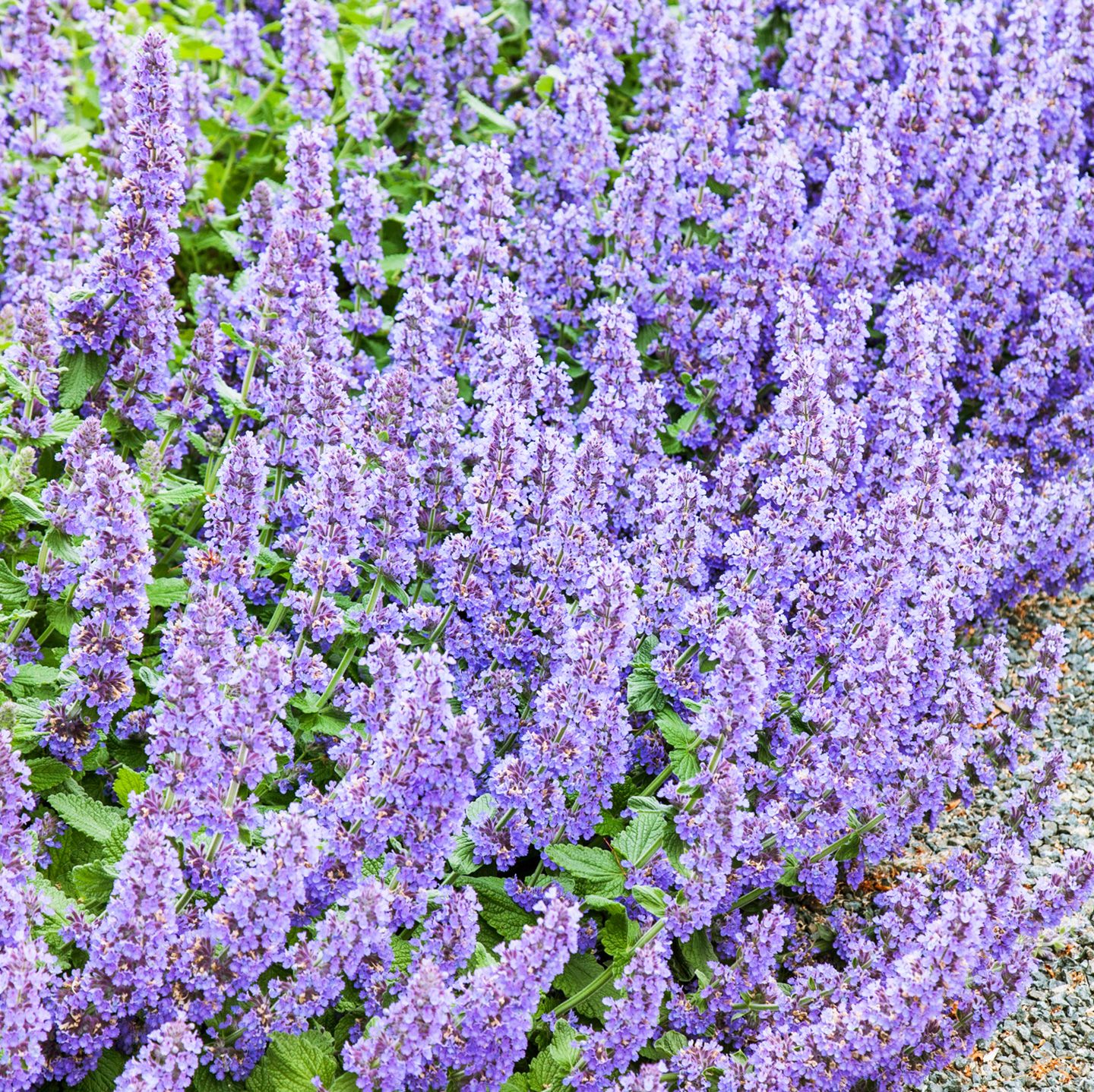
Catmint is a mounding, fast-growing groundcover that emits a distinctive minty fragrance from both its foliage and flowers. This scent, along with the plant’s fuzzy-textured leaves, effectively repels deer. However, as the name suggests, it can sometimes draw the attention of cats, but not all cats like the smell.
‘Walker’s Low’ catmint is renowned for its prolific blooming, producing billows of tiny lavender-blue flowers from April through September. It can grow up to three feet wide and almost as tall, but maintains a compact form if the soil isn’t overly rich. This makes it one of the more versatile and adaptable selections for your garden.
What It Needs: Catmint thrives in full to partial sun and dry to average, well-drained soil. It’s drought-tolerant once established, making it an excellent choice for low-maintenance gardens. Consistent pruning can help encourage more blooms and maintain a neat appearance.
Hardiness Zones: 4 to 8
‘Sir Winston Churchill’ Daffodil
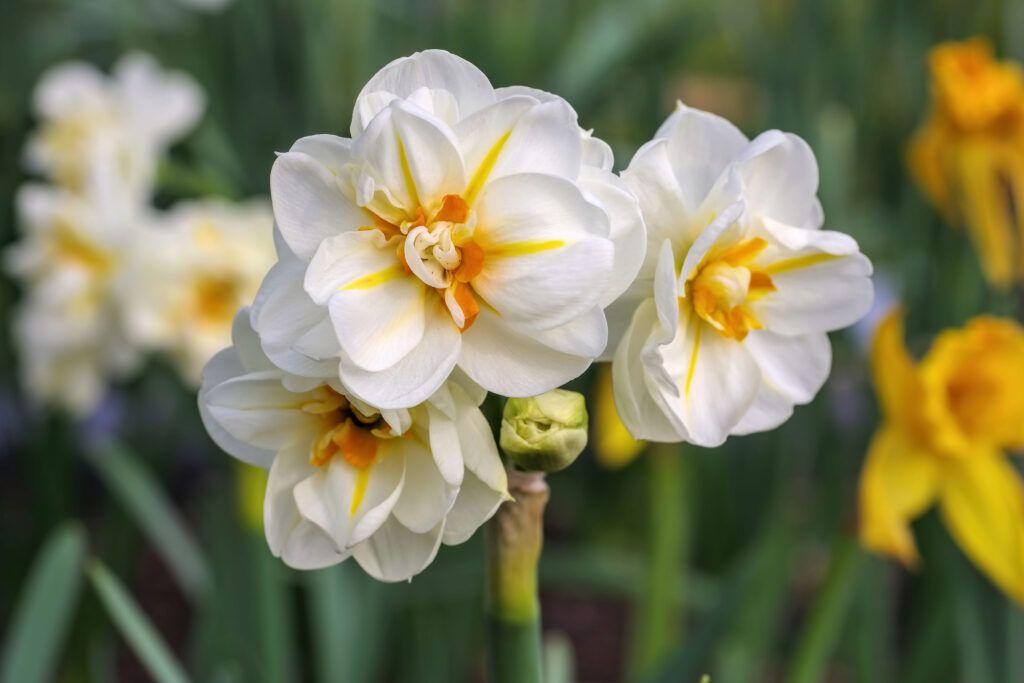
In deer-prone areas, daffodils are one of the most reliable spring-flowering bulbs. Deer avoid all parts of these plants due to their natural toxins, making them an excellent choice for adding early spring color to your garden.
‘Sir Winston Churchill’ daffodil is an intensely fragrant, double-petaled cultivar that produces a bouquet of three to five smaller blooms per stem. This variety adds both visual interest and a delightful scent to spring gardens.
What It Needs: Daffodils prefer full sun and average, well-drained soil. They benefit from being planted in groups and left to naturalize in garden beds and woodland borders. Annual fertilization can encourage healthy growth and vibrant blooms.
Hardiness Zones: 3 to 9
‘Lucifer’ Sword Lily
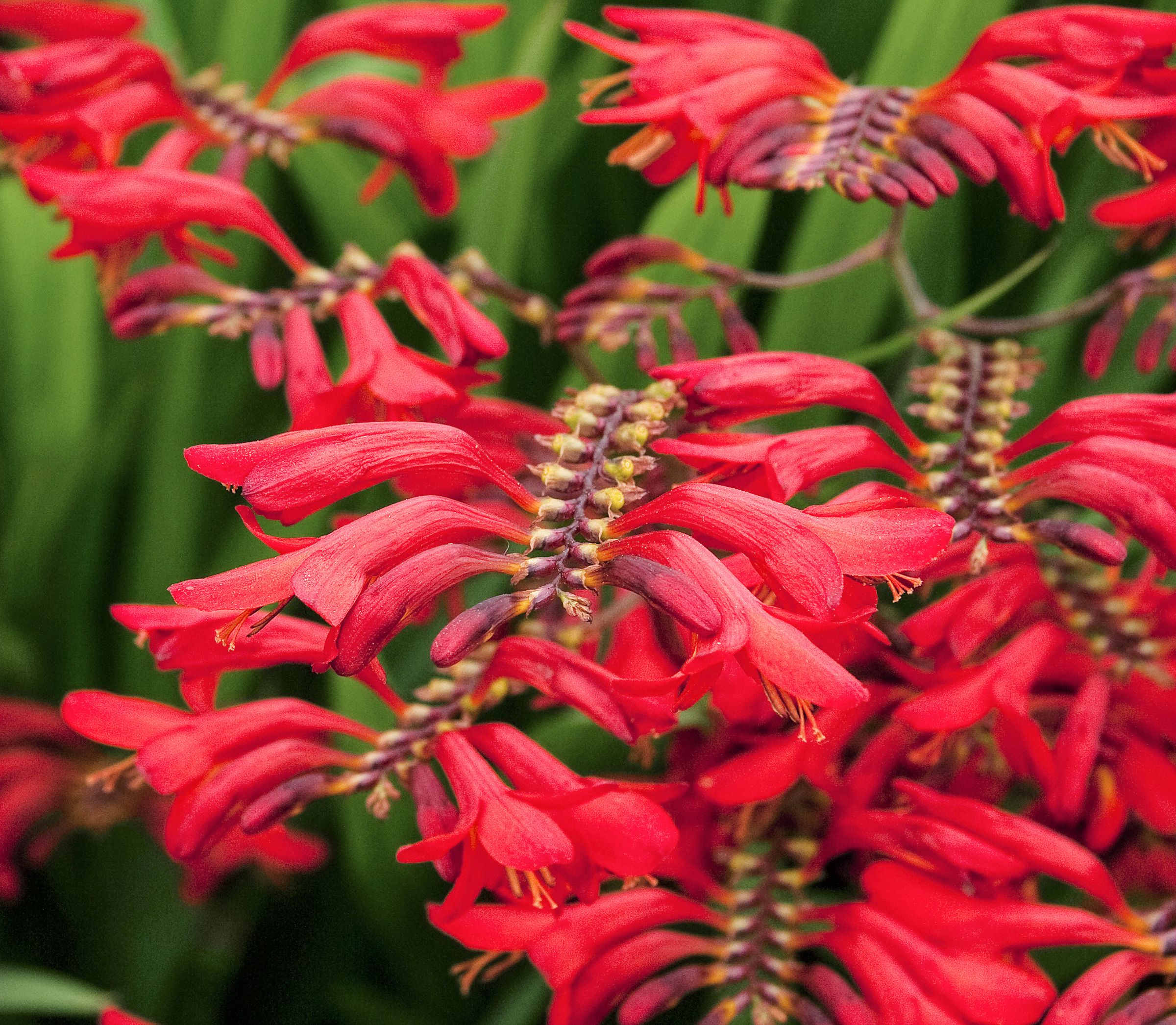
Native to South Africa, the sword lily, or Crocosmia, is a late-summer-blooming bulb that keeps gardens vibrant with its bright color, graceful arching stems, and strappy foliage. While deer tend to avoid these plants because of their strappy, grass-like foliage, hummingbirds are frequent visitors, attracted by the tubular shape and sweet nectar of the flowers.
The scarlet ‘Lucifer’ variety is one of the taller cultivars, reaching up to four feet in height. Its bold color and impressive stature make it a standout in any garden design. It is one of the more striking choices to ensure a beautiful and resilient garden.
What It Needs: Sword lilies thrive in full to partial sun and moist but well-drained soil. They benefit from regular watering during dry spells. Proper soil preparation and adequate spacing can help these plants flourish.
Hardiness Zones: 6 to 9
‘Beverly Sills’ Bearded Iris
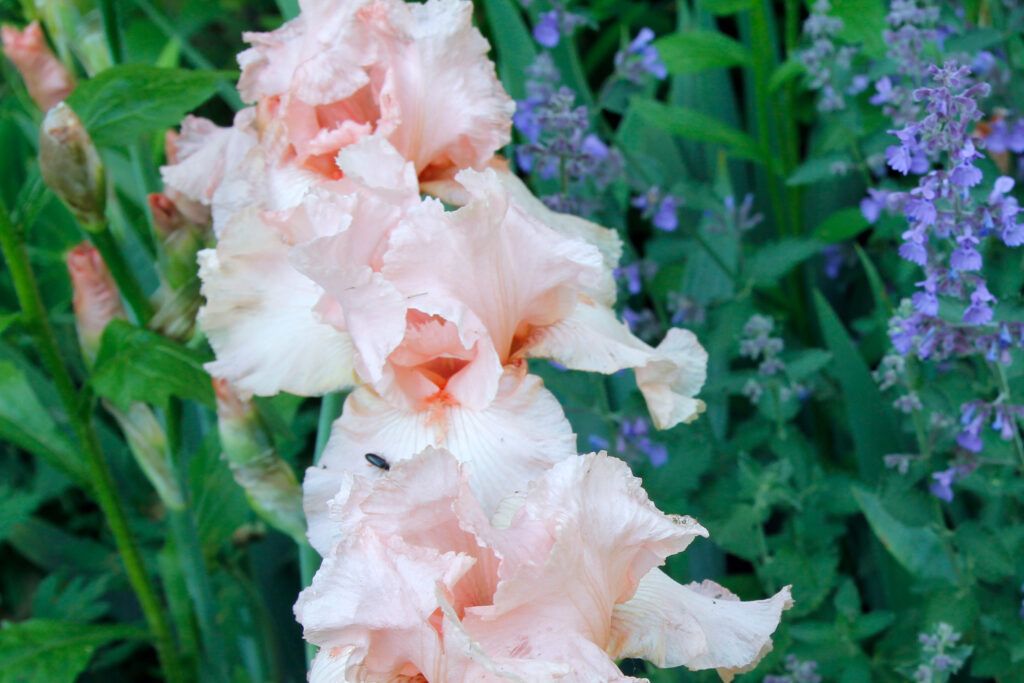
Bearded irises are low-maintenance and reliable plants that bloom in nearly every color imaginable. Their sturdy, sword-like, semi-evergreen foliage remains attractive all season and is unpalatable to deer.
‘Beverly Sills’ is a quick-spreading cultivar loaded with ruffled blooms in an unexpected pale-coral shade. This unique color can add a soft, romantic touch to garden designs.
What It Needs: Bearded irises prefer full sun and average, well-drained soil. They benefit from being divided every few years to maintain vigorous growth.
Hardiness Zones: 3 to 9
‘Lemon Meringue’ False Indigo
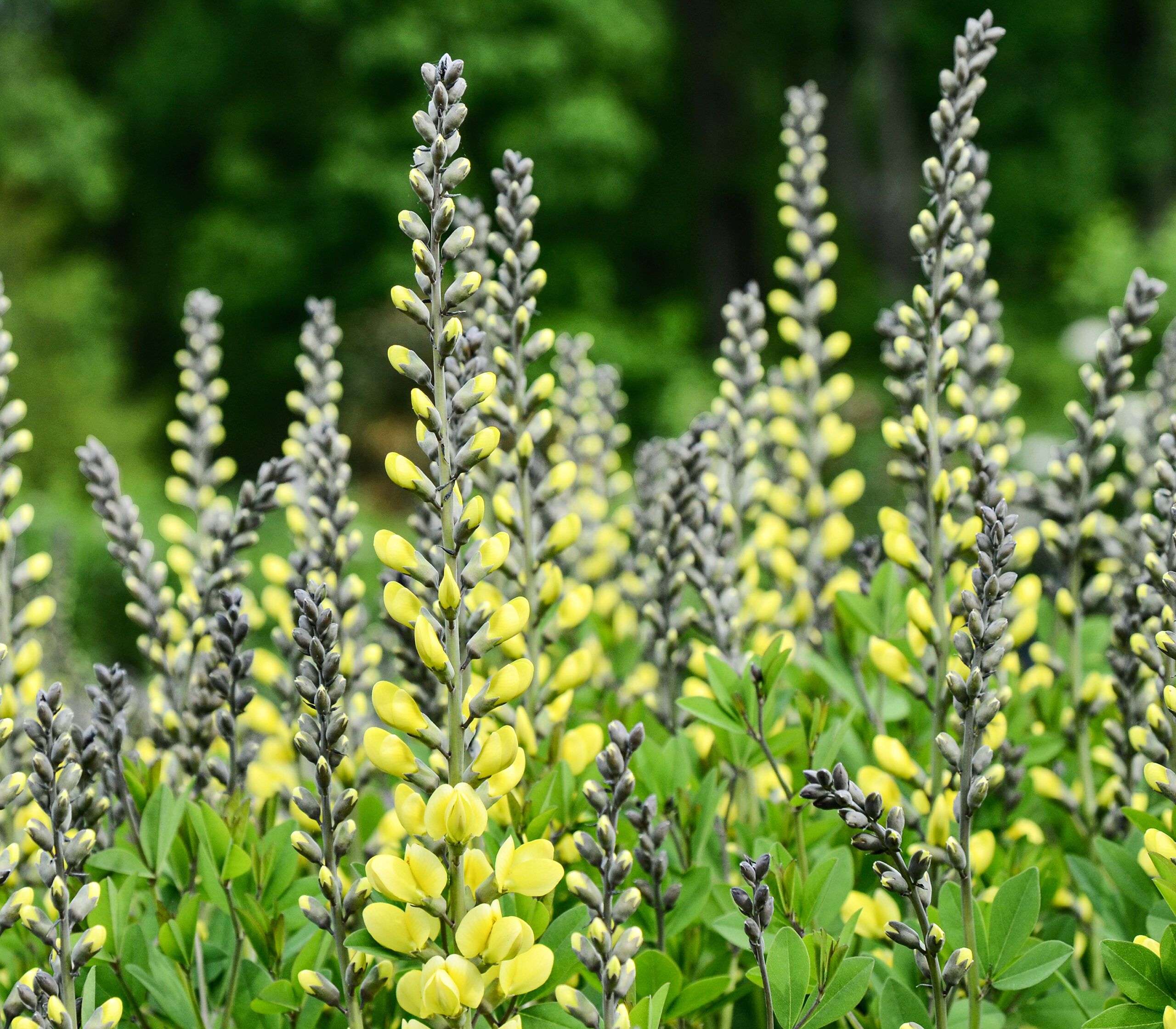
Native to parts of eastern and midwestern North America, false indigo, or Baptisia, is a drought-tolerant wildflower with a compact vase shape and attractive foliage that persists throughout the season. All parts of this lovely plant are poisonous to deer and other animals, but butterflies are drawn to its spring blooms.
The vigorous ‘Lemon Meringue’ variety produces striking three-foot-tall spires of flowers. Its blue-gray buds open to reveal vibrant yellow blossoms, creating a beautiful contrast in the garden.
What It Needs: False indigo thrives in full to partial sun and acidic, dry to average, well-drained soil. Once established, it’s very low-maintenance and drought-tolerant. Adding organic matter to the soil can enhance its growth.
Hardiness Zones: 4 to 8
